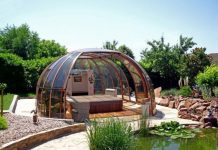Gardening is perhaps one of the most underrated hobbies of this generation. There are photos frames and time lapses that depict it as a rewarding activity – which it absolutely is – but no one can quite capture the hard work that goes into planting a successful garden with your own hands. It takes years of practice, sweat and even blood to plant a garden that is both pragmatic and functional. An organic garden is only as hard to plant as a regular garden. The difference is that it is greener, more sustainable and makes less use of those pesky pesticides. Organic produce can be expensive to purchase from marketplaces and so you can upgrade to a sufficiently healthier life style by planting your very own organic garden. It is a more ecological and environmentally friendly way of life. It does not matter about how much space you can allocate to organic gardening – as long as you’re willing to pay in that hard work, you will always receive a sufficiently appropriate reward. Today, we’ll be discussing in nine easy steps about how to create your very own organic garden from scratch.
1. Choosing a site
Choosing an appropriate location to start your organic garden is very important. You have to understand the concept of gardening zones; how to allocate placement of the vegetables, herbs and bulbs according to the sun path, shade and wind direction. If you’re a beginner then make sure you do not plan on a project that is too long. Start with the smallest of space so that you might get a bit of hands on experience – with an added bonus of minimal waste if something goes wrong. Do not expect success that the very first turn; it won’t be easy.

2. Composting
One of the very main components of a rich organic garden is compost. It enriches the soil and creates a firm bedding for garden, helps to conserve water in the soil, lessens the growth of weeds and keeps the organic waste out of landfills. Some of the most common prototypes of compost include fallen leaves, grass clippings and weeds before they seed. You need to measure out the space – approximately three feet by three feet and pile on the compost in this space. Afterwards, add alternating layers of your preferred compost with a thin layer of soil and top it off with a six inch layer of soil.
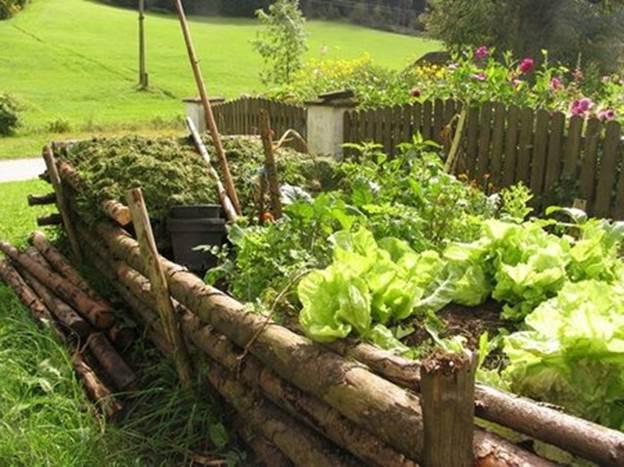
3. Choose correct plants
The selection of plants would definitely depend on the working conditions of the environment. You would have to select plants via careful observation of your organic garden site. The ideal plant would have to be planted according to the ideal conditions; sunlight, drainage patterns, moisture and soil quality. An optimum choice would be looking for seeds that do not depend on pesticides and fertilizers to bloom into full capacity.

4. Spacing
When it comes to planting any sort of edible garden patches, be it organic or otherwise the spacing between plants or crops really matter. So when you are planting your organic garden, make sure that the spaces between your plants is sufficient, and that the plant bed is wide enough for the appropriate spread of roots. If it is narrow, or the seeds are not planted apart, the organic produce can become entangled in the root system, sucking away nutrients from their neighbors and giving off an unsustainable end product.
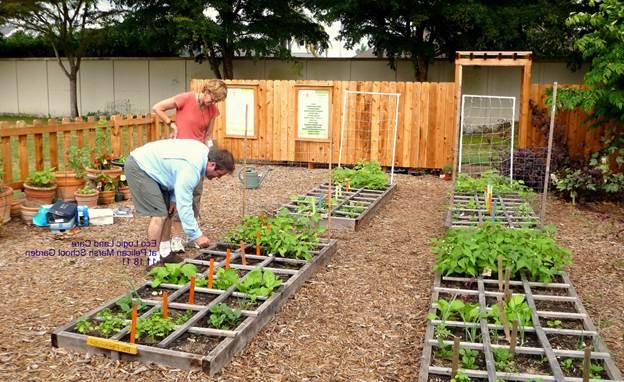
5. Watering
Proper watering is essential to the healthy growth of any organic garden. it is part of decent upkeep and makes a garden thrive. The ideal time for watering would be in the mornings, as mornings usually have a clear weather. The water goes straight to the roots with minimal evaporation. If you water a garden in the evenings then the plants would remain damp throughout the night and could become damaged by fungal diseases.
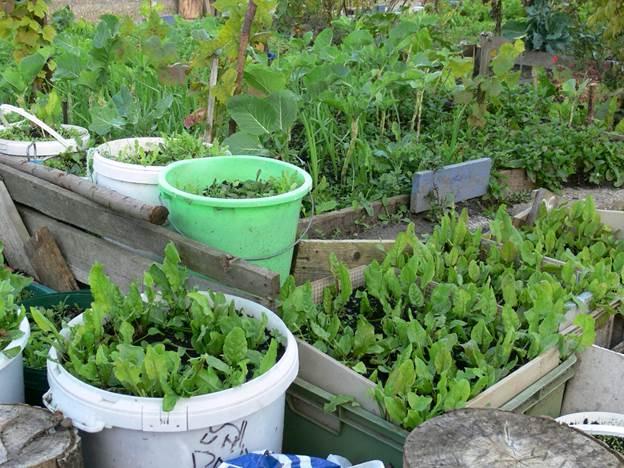
6. Weeding
A weed is a single most cunning enemy of any gardener. These unwanted obstructions can appear anywhere, anytime and ruin a perfectly suitable garden space. Organic gardens are no exceptions. You would have to be very vigilant of weeds if you are a beginner. Make sure you identify and pluck them away before their seeds can spread.
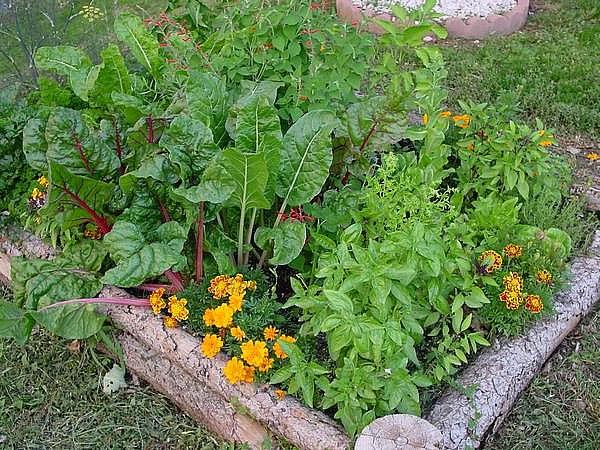
READ ALSO: 11 Beginning Gardening Mistakes To Avoid
7. Natural Pesticide-ing
Pests can appear and take a huge chunk of your produce without you being any wiser. So when you start a garden, make sure that you choose for it to be bio-diverse. This would significantly lower the chances of a pest infestation.
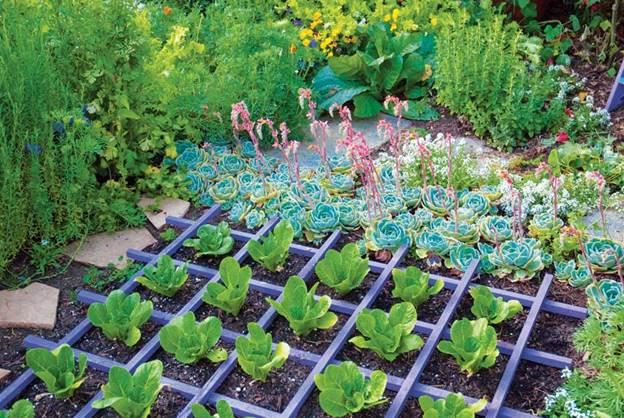
8. Harvesting
After all the wait, all that is left to do is the harvesting. If you’ve planted herbs in your organic garden, then they need to be harvested accordingly. Herbs grow up faster than vegetables so you must pick them accordingly. For vegetables, pick them only after the requisite time. Know that you can always freeze this produce or share the bounty.
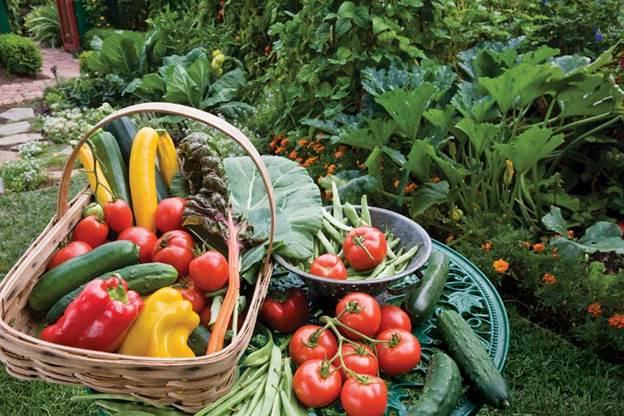
9. Clean it up
After harvesting, if you’ve encountered a sick plant in your organic garden then make sure to uproot it entirely, or it might cause problems for the rest of your garden space.
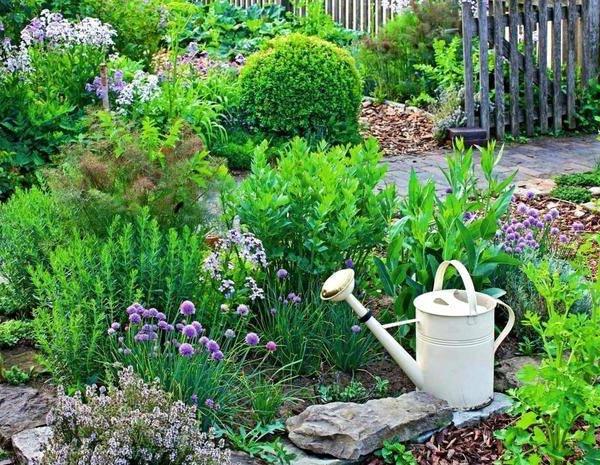
READ ALSO: 11 Best Gardening Tips For Beginners






